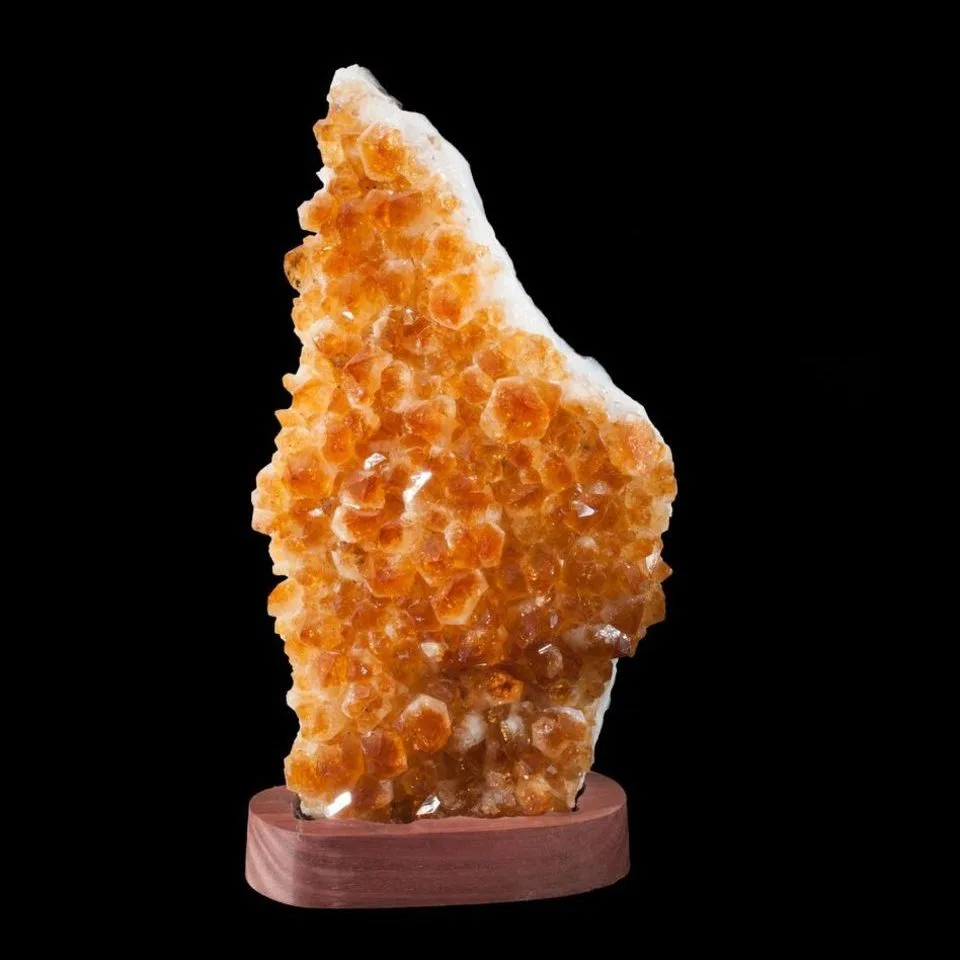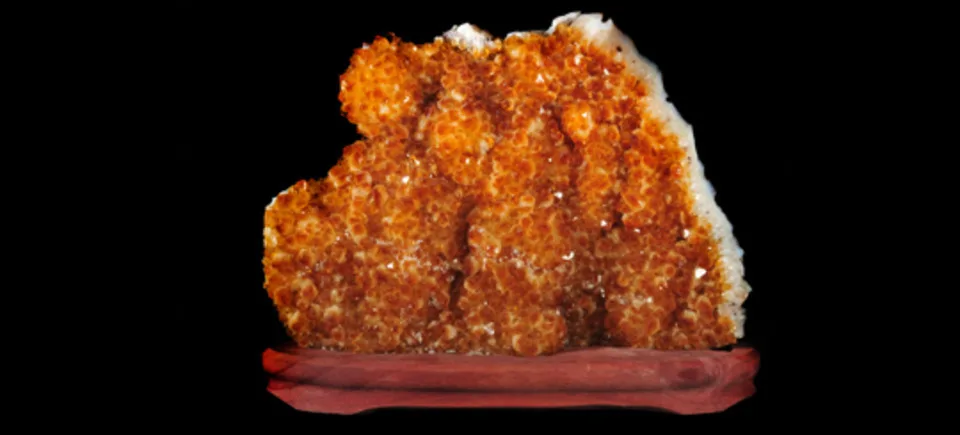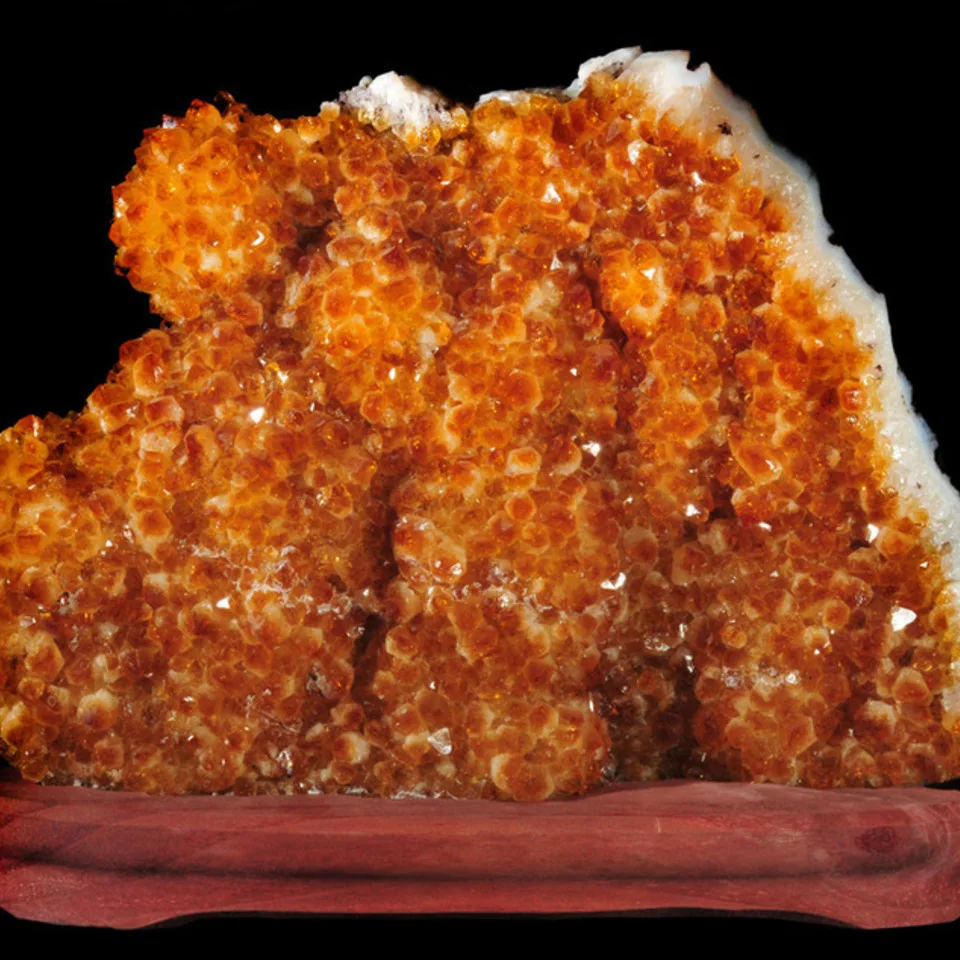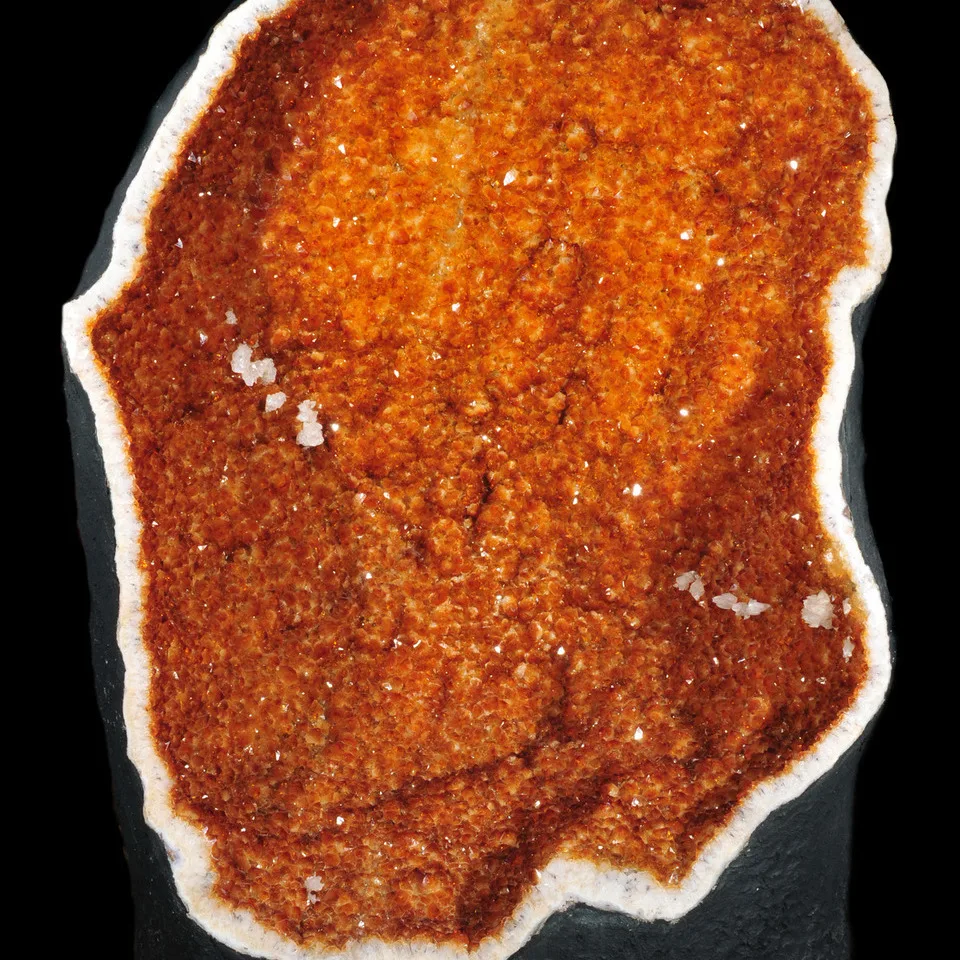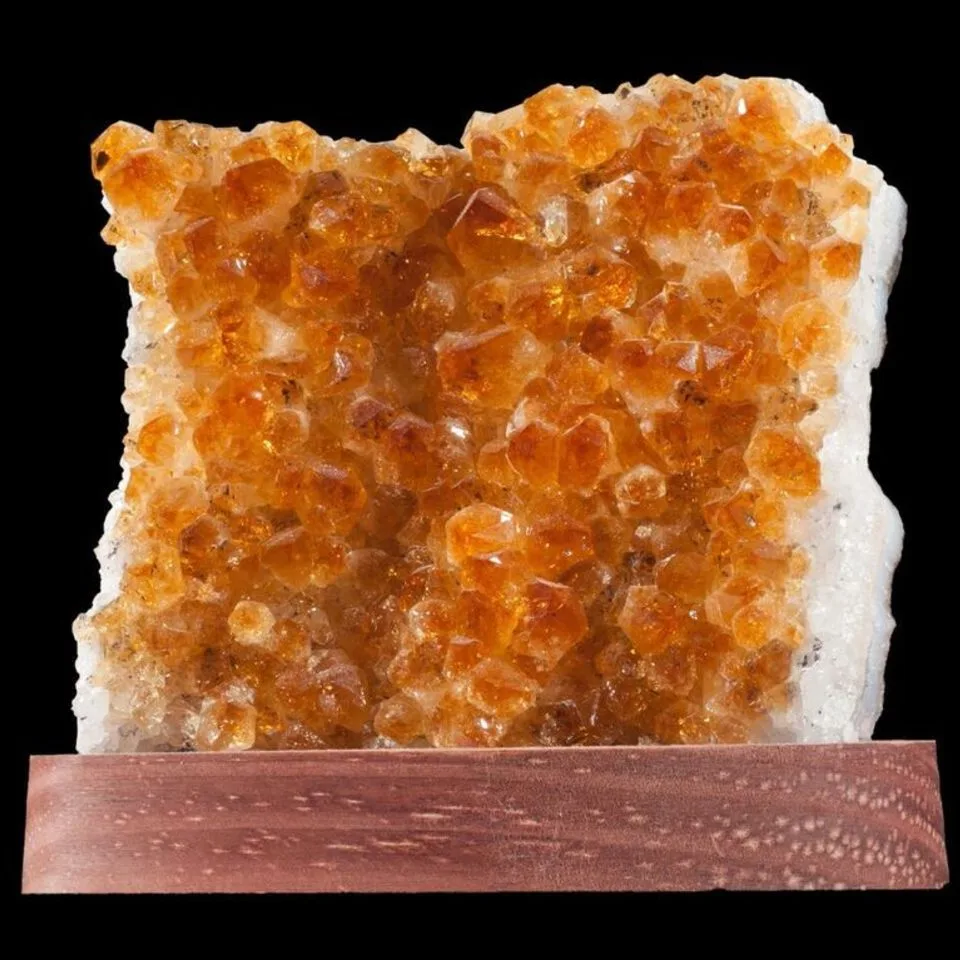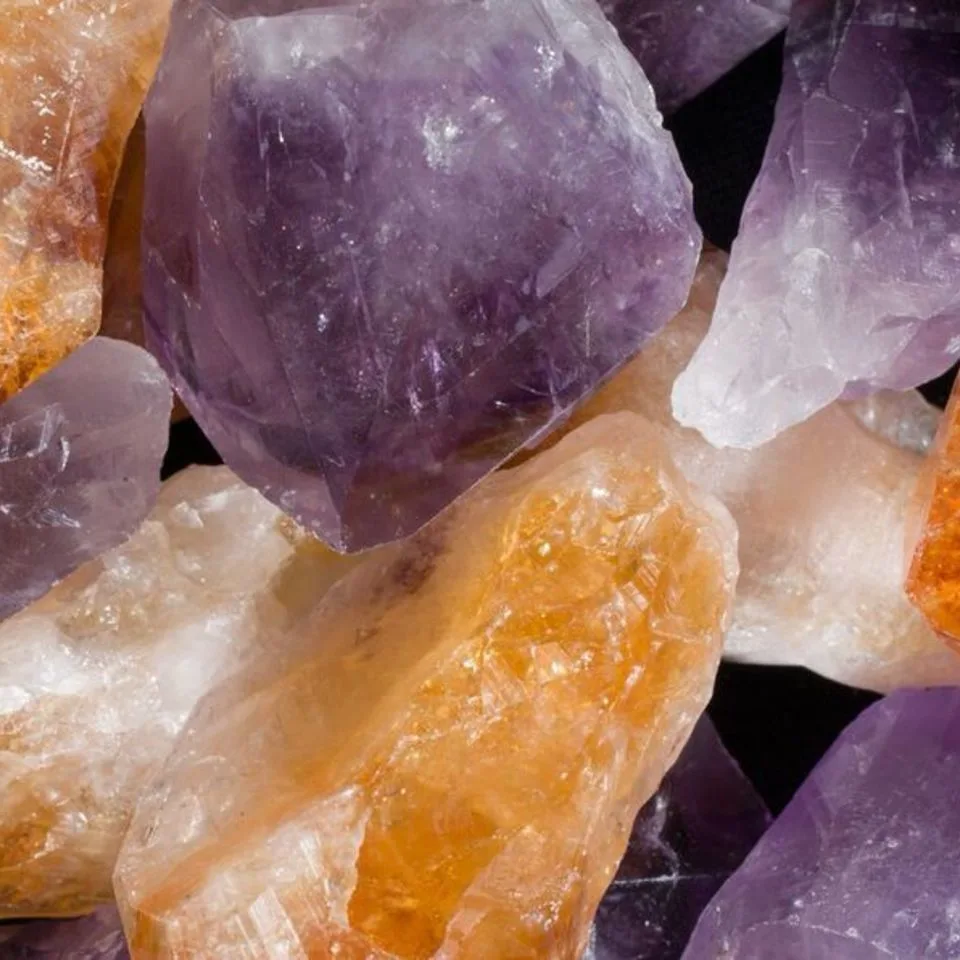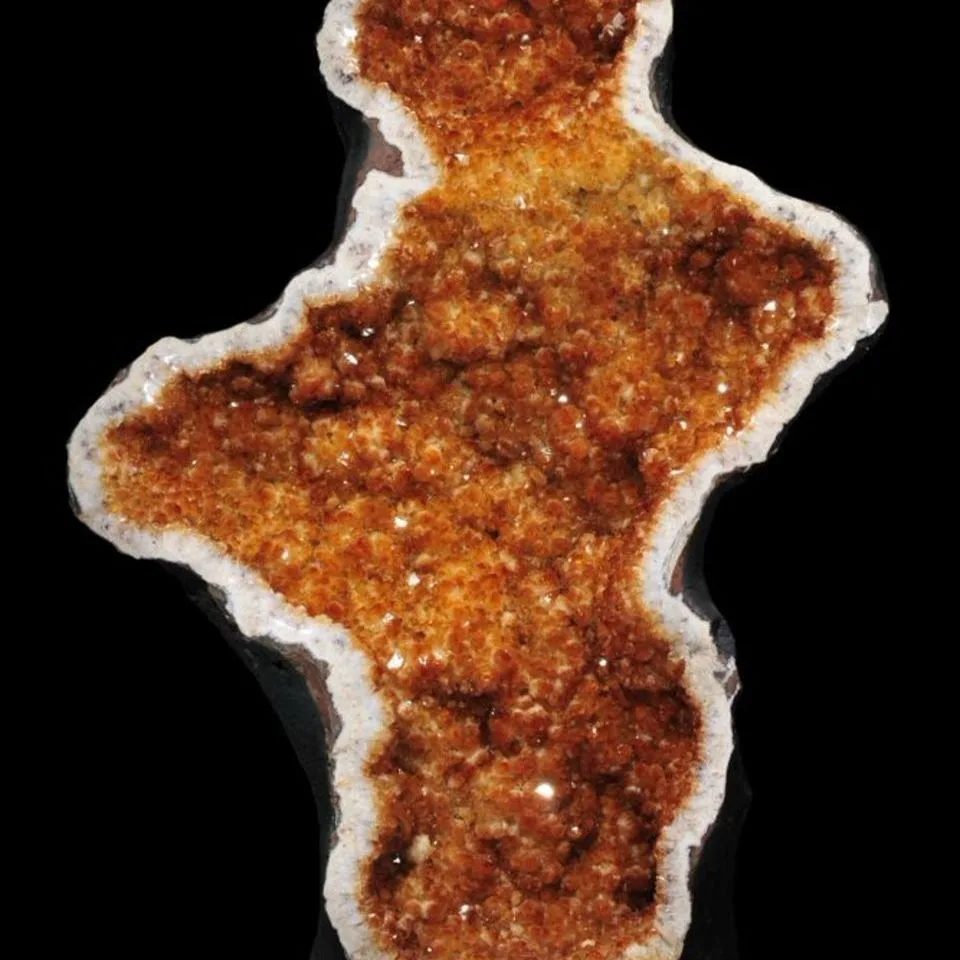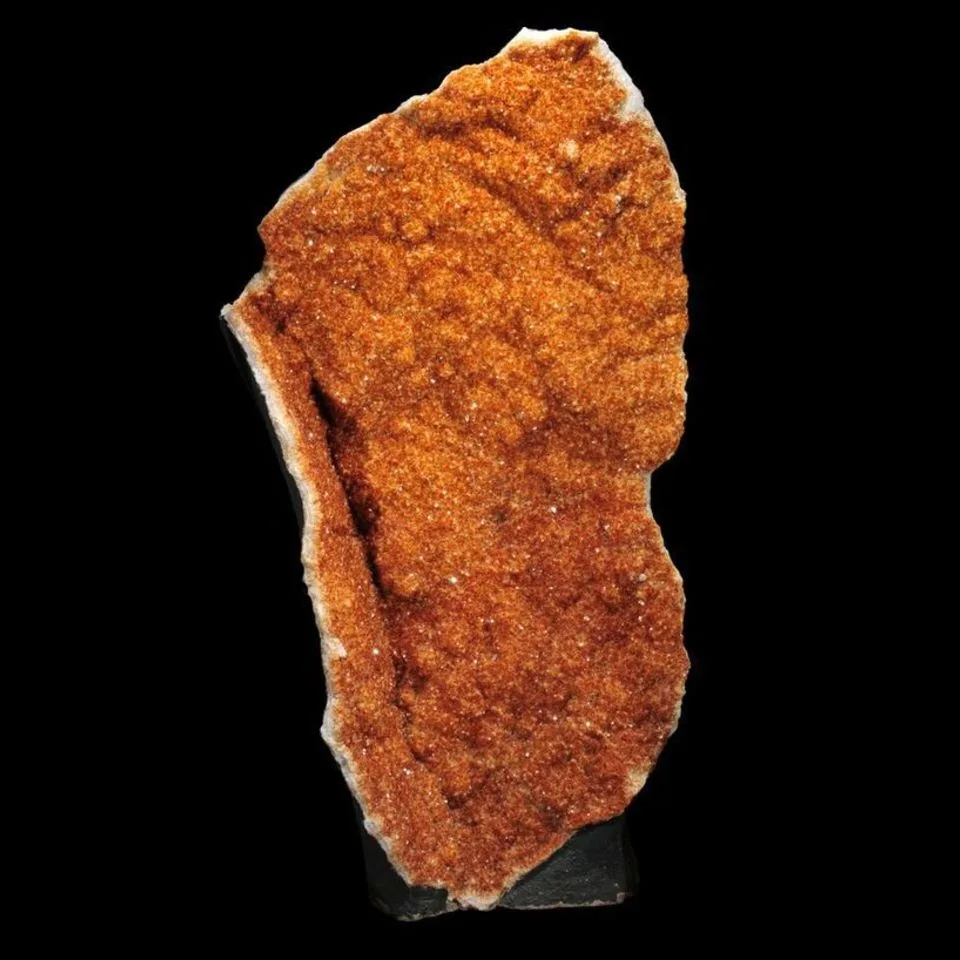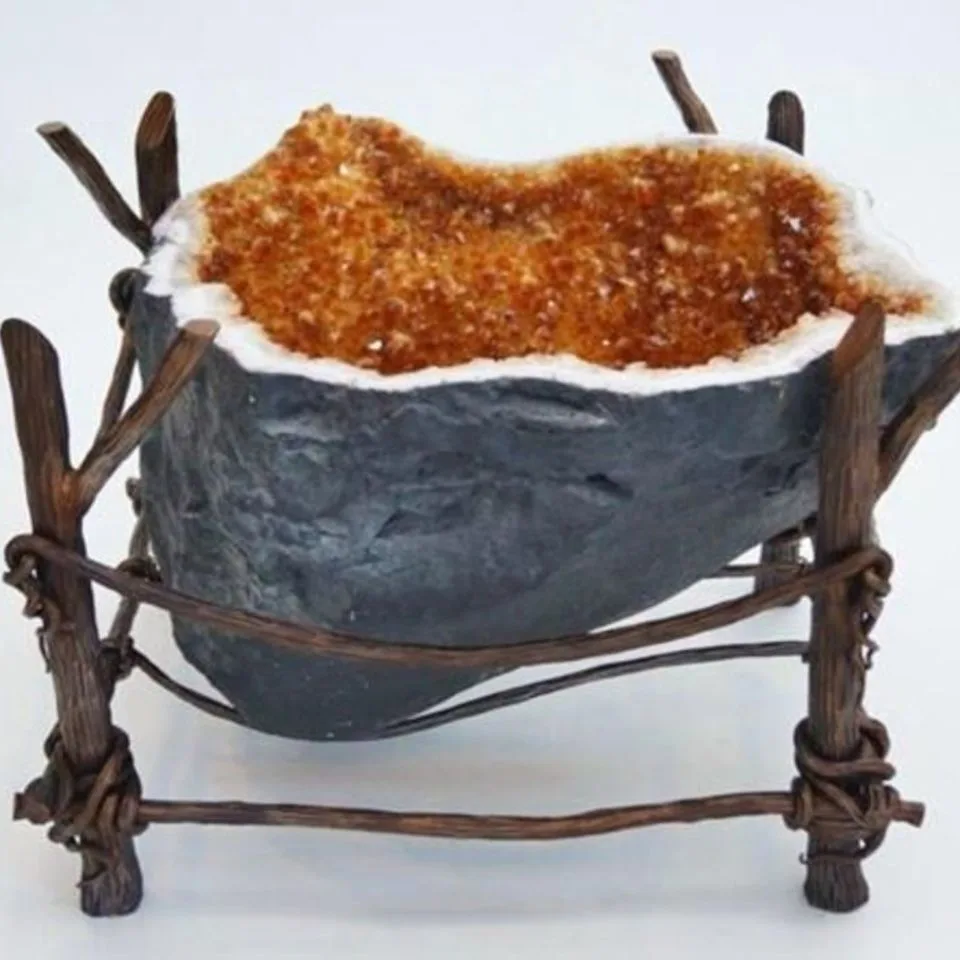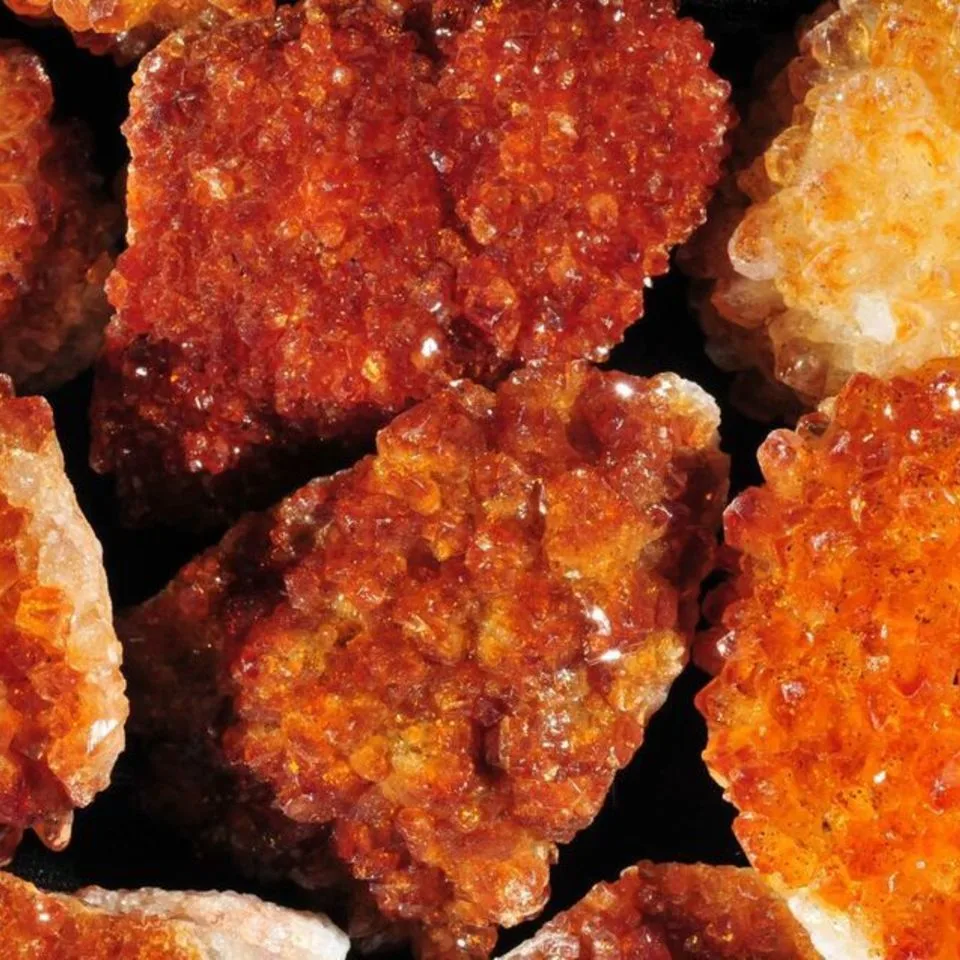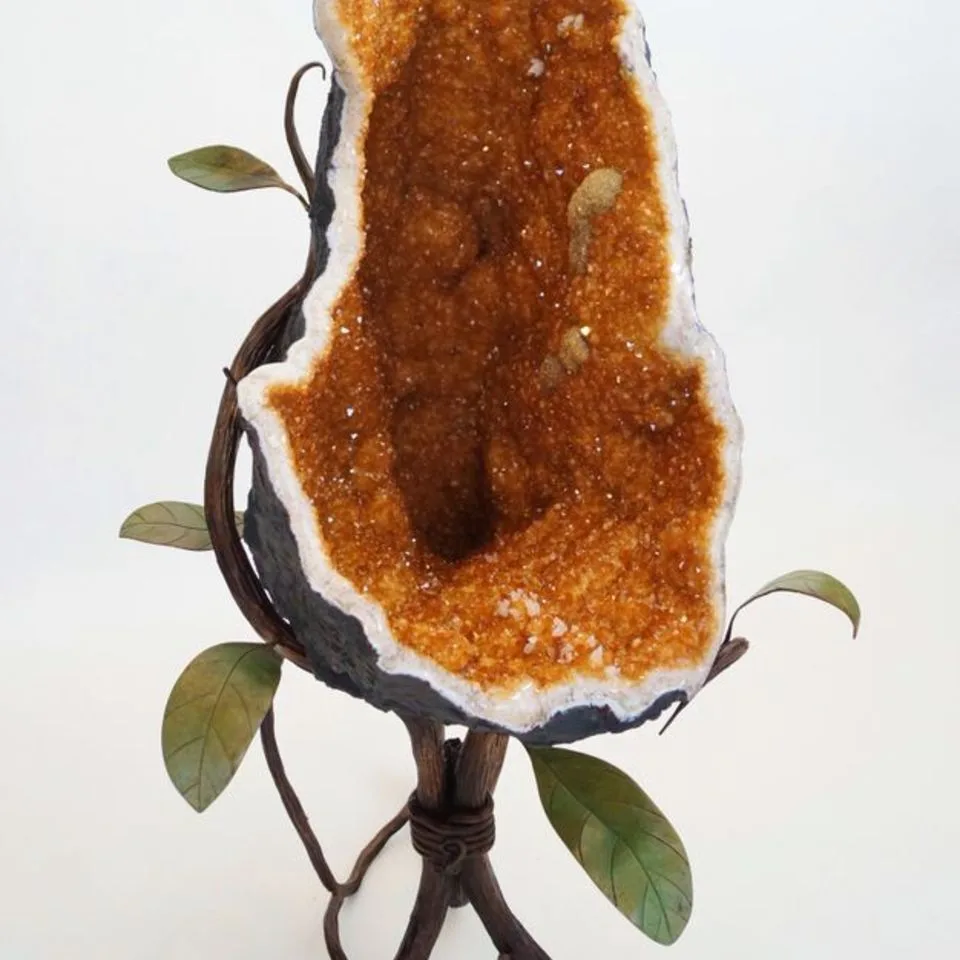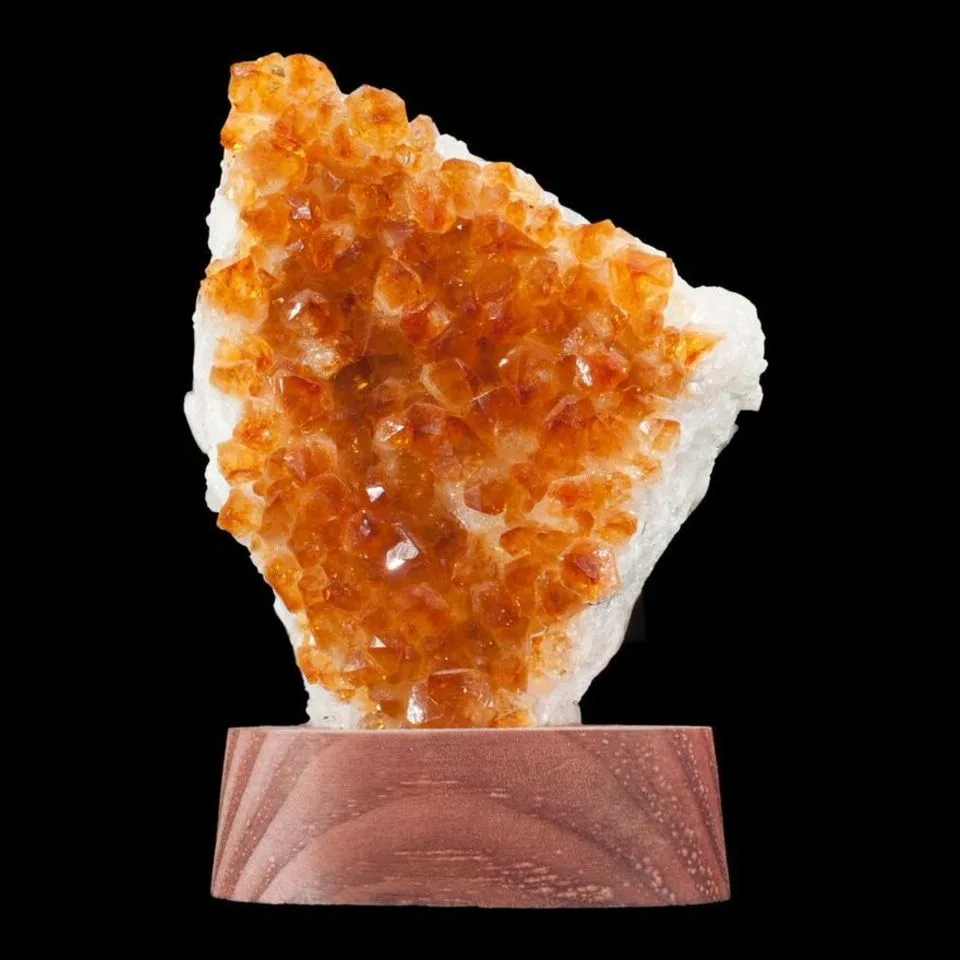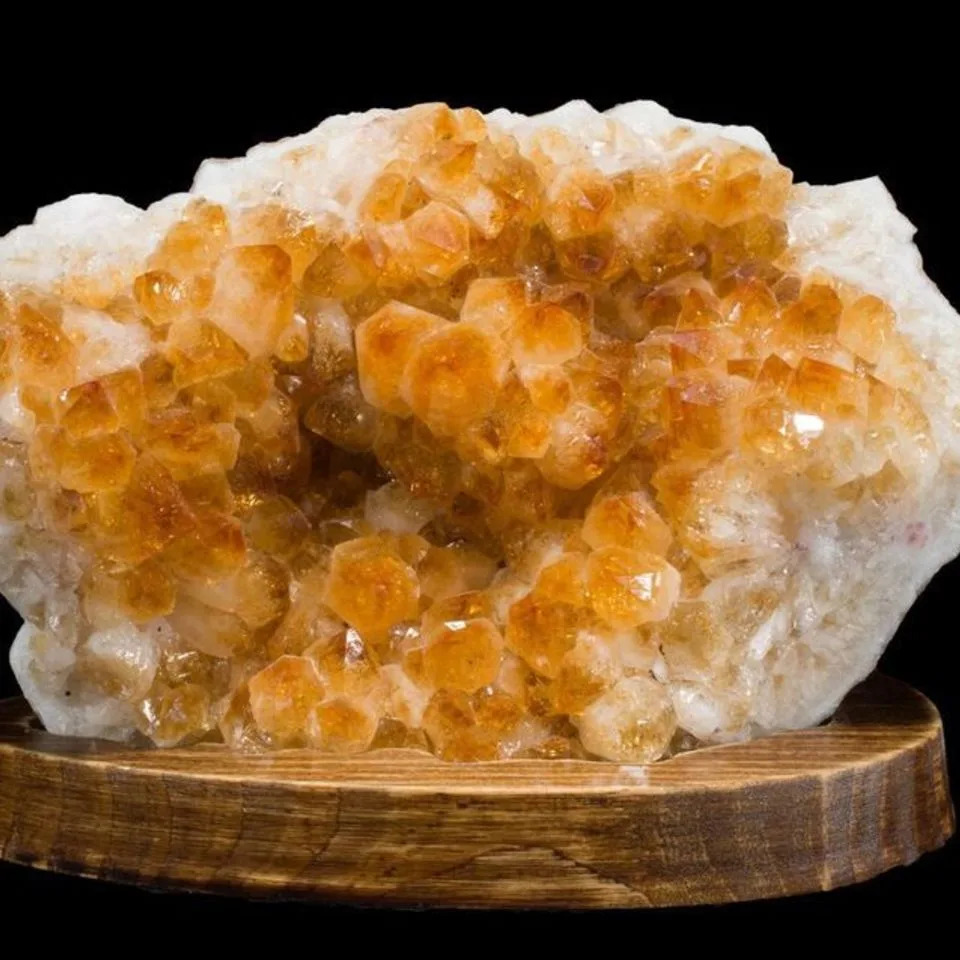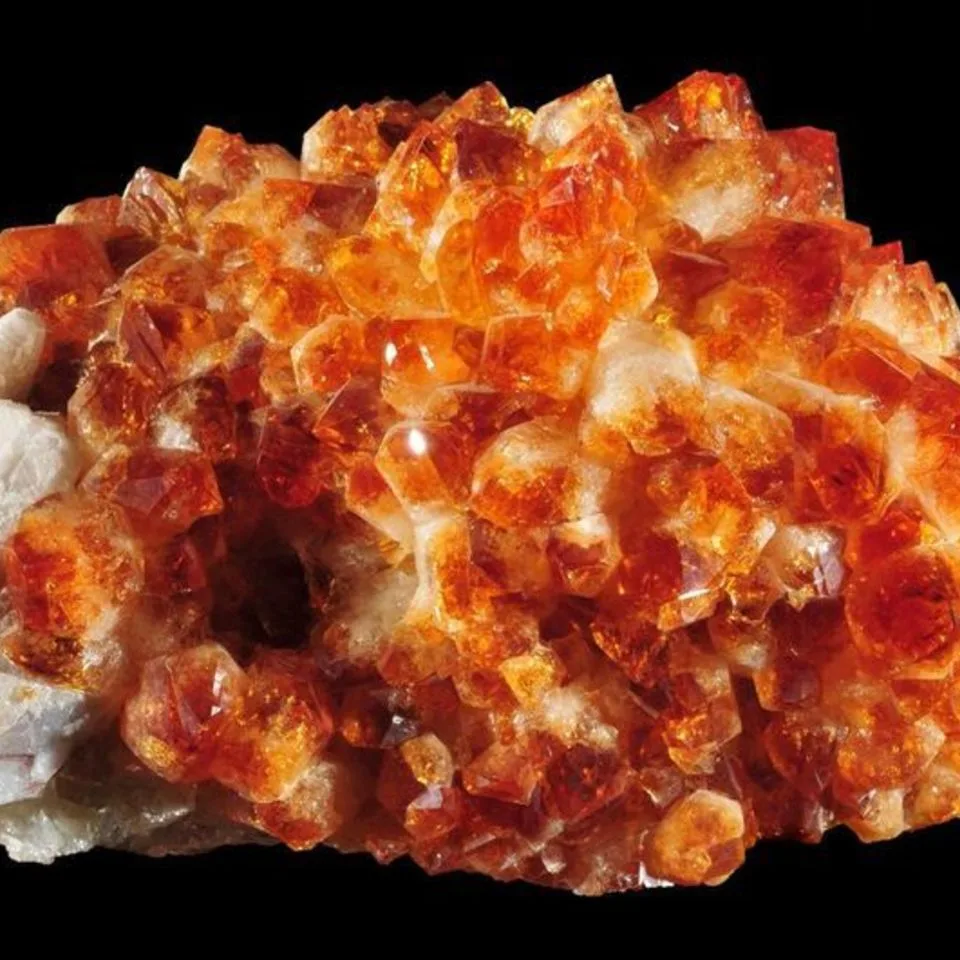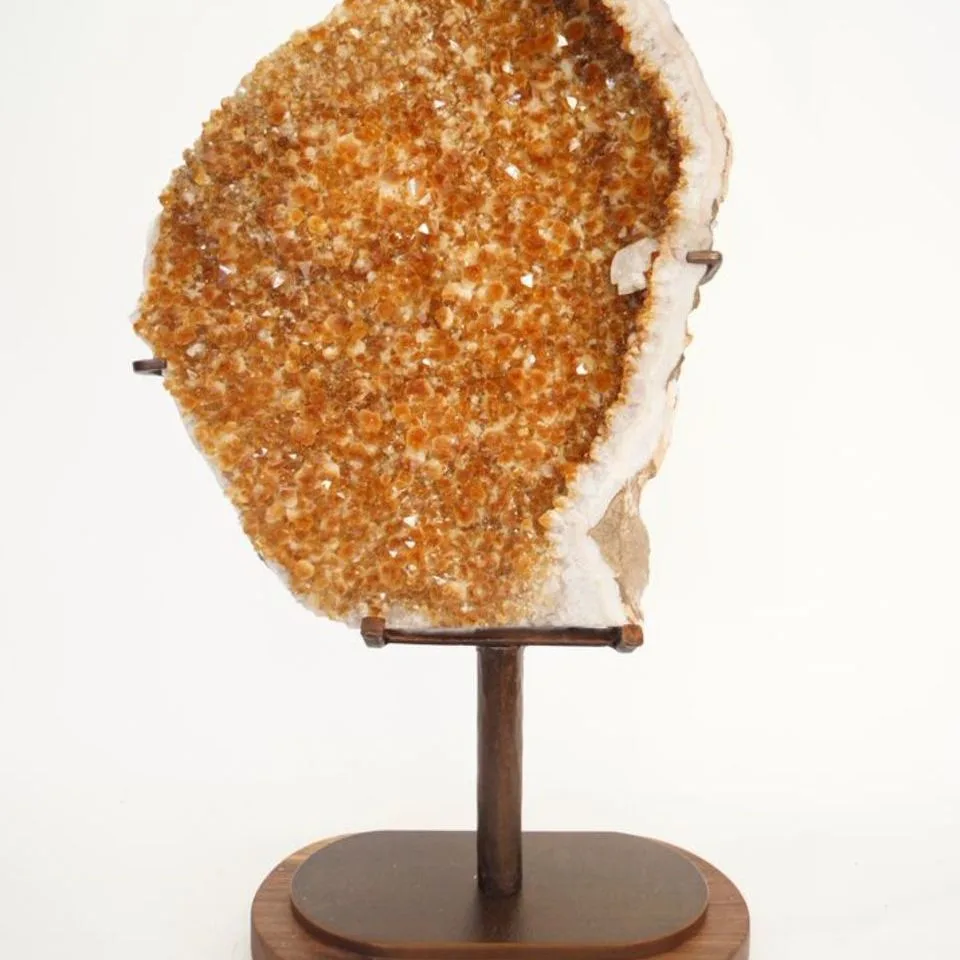Citrine
Citrine is a beautiful gemstone that has become quite popular over the last few decades. While it is made from quartz (the most common type of mineral), it is quite rare in its natural form. Citrine has a beautiful yellow color which can vary from a light or pale yellow, to a yellowish orange to having other colors present such as a red or brown tinge.
Citrine gets its wonderful hues from the small particles of iron trapped in this quartz mineral. In fact, Citrine usually has only about 40 parts per million particles of iron. The oxidation of this iron is what gives the Citrine its yellow or yellow orange color. It should be noted that Citrine is associated with Amethyst. It is in fact the substance, except it has a different oxidation state of the iron present. This means that you can easily heat up Amethyst to create Citrine.
Since Amethyst is found more readily than Citrine, the commercial Citrine you purchase is usually Amethyst that has been specially treated. Citrine is a hard mineral and usually has a harness of 7 on the Mohs hardness scale; this makes it a great stone to use for jewelry. Citrine can be found on many ornamental jewelry pieces including rings, earrings, charms, bracelets, etc.
It can be cut easily and has a vitreous luster. It should also be noted that it is transparent or translucent giving it a nice glassy quality. Citrine is one of the more affordable gemstones and can come in many sizes. Citrine is one of the more popular minerals that are sold as jewelry today.
It is a type of quartz mineral with a cryptocrystalline structure. This means that the crystals (which have a growth pattern of six sides or hexagonal) are easily visible to the naked eye. Citrine is mostly yellow in appearance, but can sometimes be yellow orange or even have a tinge of red or brown in it. Citrine is closely associated with Amethyst; in fact it is the same structure as Amethyst except for the fact that it has a different oxidation state.
What gives Citrine its wonderful yellow color is the small particles of iron inside it. There are only 40 parts per million particles of iron in Citrine quartz and oxidizing the iron changes the color of the quartz. Citrine is closely associated with Amethyst and you can easily change the color of Amethyst to Citrine by irradiating it (usually with heat). For the most part Citrine is very stable and it takes lots of radiation in the form of heat to change the color. Citrine is a form of quartz and it should be noted that quartz is the most common mineral on earth, making up over 12% of the earth’s crust.
While quartz is found all over the world, Citrine is much rarer in its natural state, usually mined only in Brazil. It is usually found in quartz veins. Most pieces of Citrine found naturally are only a few carats in size. The majority of commercial Citrine comes from irradiating Amethyst. Citrine is known as the yellow stone that is similar to Amethyst. Citrine has been gaining in popularity over the past few decades as softer yellow and pastel colors have become popular. Citrine is from quartz mineral.
Quartz is the most abundant mineral on earth and actually makes up 12% of the earth’s crust. Its color is usually a yellow to orange; however it might at times have a tinge of red or brown in it. Many times this stone is confused with Topaz. It is quite different than topaz. Citrine is caused by iron deposits in its macro crystalline structure. It should be noted that Citrine is the same as Amethyst in composition; only the state of oxidation is different.
The amount of oxidation in a crystal can change with radiation usually by sunlight and heat. Amethyst can be changed to Citrine just by radiating it with heat. In fact, Citrine can be reversed back to Amethyst as well. However, do not have fear; your Citrine will last for generations as long as you do not subject it to radiation or extreme temperature.
Citrine has been known to man for thousands of years. It was first used by the Ancient Greeks and Romans for jewelry such as intaglios. It was also popular during the Middle Ages and was said to have medicinal and mystical qualities. For instance, Citrine was used to stimulate one’s intellect and bolster creativity. It was also said to be helpful in acquiring wealth and self confidence.
